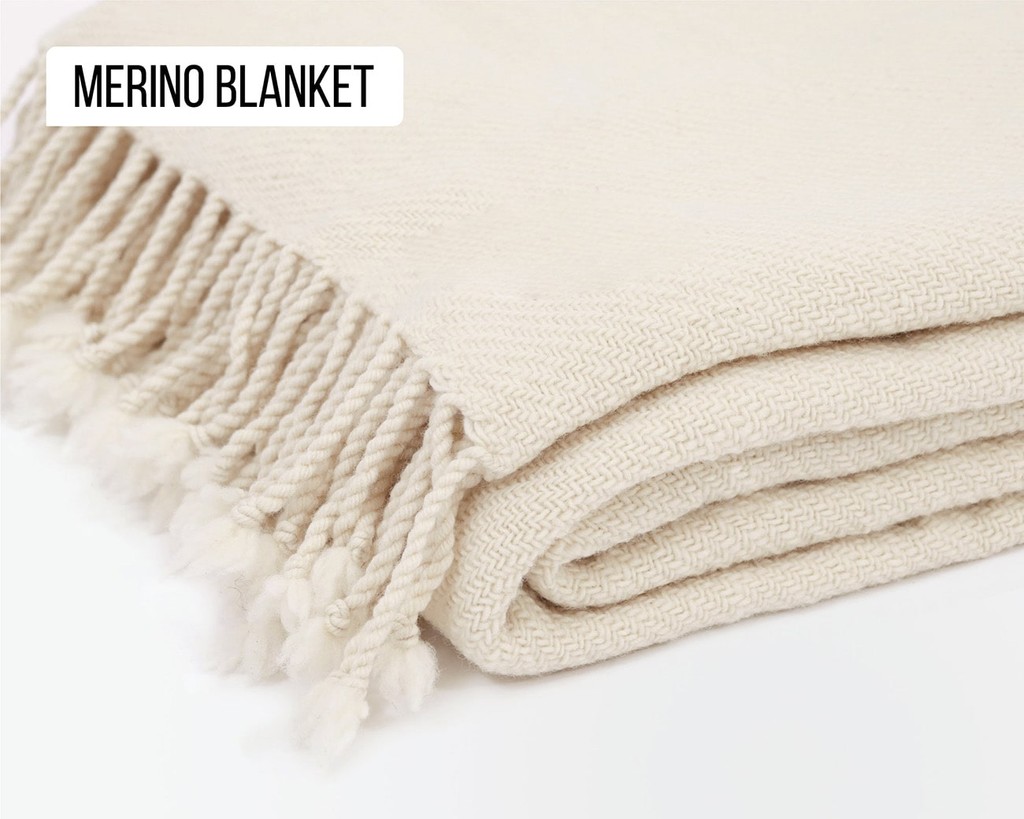Experts advise people to wash and dry clothes and other washable items in a hot dryer to kill bed bugs. Washable items are made of different fabrics, some more resistant to heat than others. If you own woolen items, you can attest that it does not do well when exposed to heat.
Wool is known for its nice, soft, and comfy feeling. Disposing belongings made of wool when they are exposed to bed bugs is heartbreaking and costly. The best course of action is to learn how to get rid of bed bugs in wool. Luckily for you, this post offers vital knowledge concerning getting rid of bed bugs on wool.
Table of Contents
Which Woolen Items Can Easily Contract Bed Bugs?
There are several categories of clothing; bedding, rugs and curtains made of wool. All this items can contract bed bugs if exposed to an infested environment. Bed bugs can crawl out of their hiding spots and find their way onto your merino bedding, jackets, and any other items.
Nonetheless, some woolen items are at a higher risk of contracting bed bugs more than others. The merino jacket you love wearing while travelling is more likely to contract bed bugs than the wool drapers on your wall. Here is a list of woolen items that are likely to get bed bugs:
Woolen Clothing: Bed bug statistics reveal that bed bugs are everywhere including hotels, offices, and apartments. Whenever you visit any of these places and it has bed bugs, you are likely to get bed bugs. It is in your best interest to learn how to avoid getting bed bugs in hotels, friend’s houses etc.
Woolen bedding: Bed bugs often hide in and around beds because they need to stay close to human blood their main food source. This makes your woolen bedding including duvets, blankets, and pillow covers.
Woolen couch covers: Tiny cracks on your couch and other furniture provide excellent hiding spots for bed bugs. This puts your couch covers at risk of contracting bed bugs, especially if the couch is within 3-feet of the bed.
Can Bed Bugs Survive On Wool?
Most people believe in the myth that wool attracts bed bugs because of its warmth but, the opposite is true. These vampiric bugs can survive on wool but they have a harder time surviving compared to other fabrics.
Bed bugs thrive in dark and humid conditions that are close to humans, their main source of food. Wool naturally wicks-off moisture and is antimicrobial thus, it does not offer an ideal survival environment for bed bugs. Even though bed bugs cannot live on wool, you can bring them into your home on your woolen clothing.
How Do You Tell If Bed Bugs Are In My Wool?
The tell-tale signs of bed bugs are usually the same for wool as those of other fabrics or items. If you suspect you have bed bugs on your wool and don’t find live ones, look for these signs:
- Bites on skin: If you find bites on your skin after covering yourself in a merino duvet, you likely have bed bugs. That said, you need to know how to differentiate bed bug bites from other bug bites or skin infections. Some people also don’t react to bed bug bites, making them poor identifiers.
- Rusty or reddish stains on bed sheets and mattresses: You may turn and crush bed bugs unknowingly while sleeping. If they just fed, they’ll leave behind blood stains on your bedding.
- Dark spots: If your woolen items were in storage for long, you’ll likely find bed bug excrement that appear as tiny, dark spots.
- Bed bug exoskeletons: It is unlikely that you will find bed bug exoskeletons on your woolen items. Nonetheless, if you suspect you have bed bugs, check the bed, storage closet, and other areas for exoskeletons. A UV flashlight is helpful because bed bug exoskeletons emit a blue light when exposed to UV rays.
How to get rid of Bed bugs in Wool
Using heat on clothes and other washable items is always the best way to get rid of bed bugs. Adult bed bugs die at 119°F (48°C) and their eggs at temperatures above 125°F (51°C). The need for high temperature raises a major complication when dealing with wool because it shrinks when exposed to such heat intensity. Here is a guide on how to get rid of bed bugs on wool using heat without shrinking it:
- Temperatures above 104°F (40°C) shrinks wool but, putting your woolen items in a dryer with moderate heat will not shrink them. You should leave the wool longer than 90 minutes because lower temperature takes longer to kill bed bugs. Implementing proper wool care guidelines reduces the chances of wool shrinkage
- You can use a steamer on your woolen clothes, bedding, curtains, and rugs to kill bed bugs. It is advisable to steam them from the underside to prevent streaking, watermarks and folding. For delicate wool like suits, use a delicate fabric guard.
How to prevent wool from getting Bed bugs
Preventing bed bugs from infesting your woolen belongings is an almost impossible task. However, there are few things you can do to minimize the chances of bed bugs getting on them. Here are a few that you should know:
- Make a habit of giving your wool a sun bath regularly. Bed bugs tend to be photo-phobic and will always try to avoid direct sunlight which tends to dehydrate them.
- Spray woolen belongings in bed bug repellent essential oils such as lavender oil, eucalyptus oil, tea tree oil, peppermint oil, and clove oil to keep bed bugs at bay. You should also consider spraying your storage closet with bed bug repellent essential oils to keep bed bugs away.
- Remove clutter which provide potential hiding spots for bed bugs
- Consider putting your woolen belongings in sealed plastic bags while in storage
- Invest in bed bug monitoring tools to help you identify infestations before they grow
Final Thoughts
High quality wool is pretty expensive frankly, quite comfy. It will be a huge loss to lose them to a bed bug infestation. The best way to protect your wool is follow the tips expressed in this post. Keep a watchful eye for signs of bed bugs and get rid of them as soon as you notice them.
FAQs
Does heat destroy wool
Exposing wool to extreme and prolonged high temperatures weakens the fabric and dulls the colour. Wet wool tends to shrink under high heat.
At what temperature does wool shrink?
Wet wool tends to shrink when exposed to heat of above 104°F (40°C).
Can I unshrink my wool if I made a mistake?
Yes. You can do this by:
- Stretching your wool clothe on pegs while still wet
- Soaking the shrunken item in water and fabric softeners.
- Soaking the item in warm water and hair conditioner
How can you tell if the wool is ruined by heat?
Damaged wool looks pale, weak and stretched in comparison to good wool.
What happens if I manually wash wool in hot water to remove bed bugs rather than putting it in a washing machine?
Washing clothes can still kill bed bugs through drowning them. However, achieving high temperatures than can kill both bed bugs and bed bug eggs may be impossible as you could likely get scalded by the hot water.
Can bed bugs cause holes in my clothes
Bed bugs cannot burrow through your woolen clothes. However, heavy infestation and prolonged infestation weakens fabric of woolen items like floor rugs leaving them to seem “hairless”.
Do bed bugs like wool?
No. Wool creates a dry moisture free environment that is not optimal for bed bugs.
Do bed bugs lay eggs in wool?
Yes. While not suitable, woolen items in close proximity to sleeping and sitting areas can harbor bed bug eggs.
Can I use mothballs to keep away bed bugs?
No. Mothballs and moth flakes do not repel or kill bed bugs.

